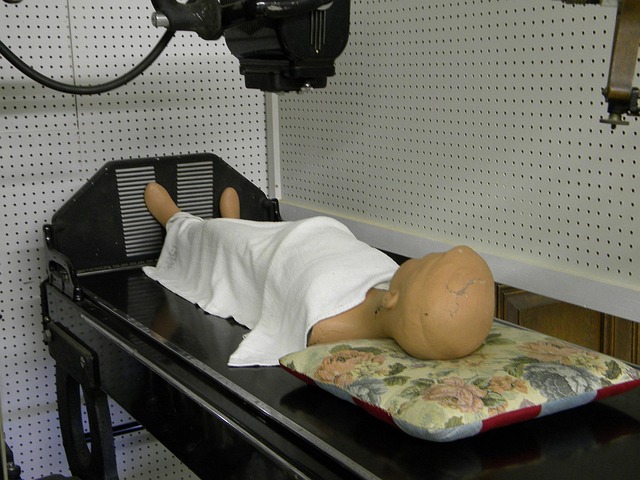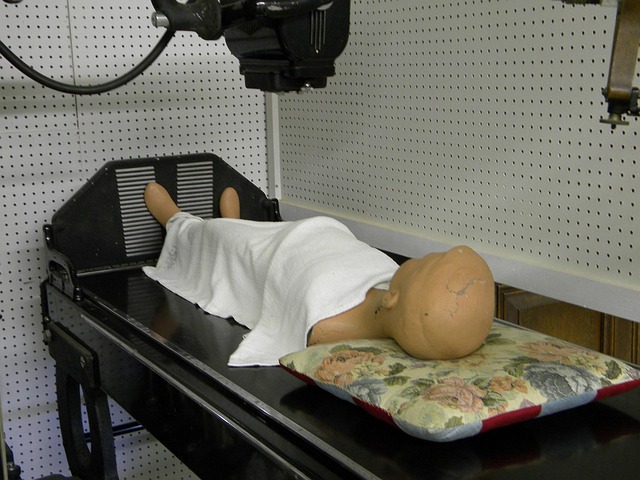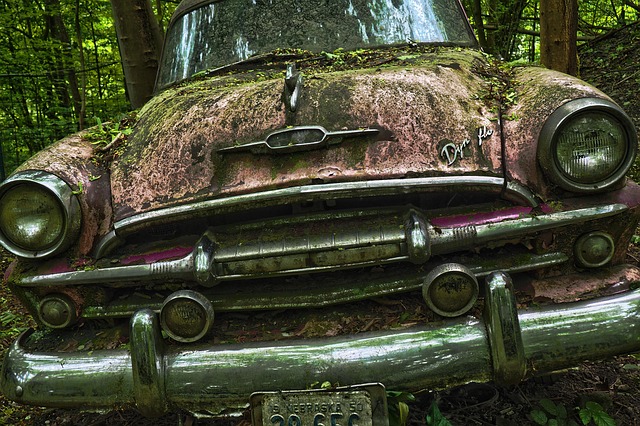Rear-end crashes often lead to muscle soreness, making chiropractic care a popular and effective choice for victims. Chiropractors address pain at its source by adjusting the spine, mobilizing joints, and using soft tissue therapy to reduce inflammation, improve circulation, and restore alignment. This holistic approach accelerates recovery, targets long-term structural health, and reduces chronic pain risks for rear-end collision survivors.
“Experiencing muscle soreness after a rear-end crash can be detrimental, impacting your daily activities. This article delves into understanding post-collision muscle pain and offers insights into an effective recovery method—chiropractic care. We explore how chiropractic adjustments aid in healing and injury prevention for rear-end collision victims. By implementing these strategies, individuals can optimize their recovery journey, reducing pain and promoting a swift return to normal activities.”
- Understanding Muscle Soreness After a Rear-End Crash
- Chiropractic Care as a Recovery Method for Rear-End Collision Victims
- Optimizing Healing and Preventing Future Injuries with Chiropractic Adjustments
Understanding Muscle Soreness After a Rear-End Crash
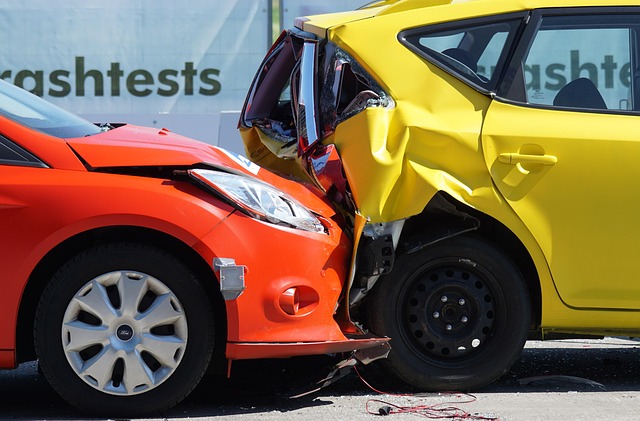
Many people experience muscle soreness after a rear-end crash, which can be quite uncomfortable and unsettling. This type of injury is common in such collisions due to the sudden impact and force exerted on the body. When two vehicles collide from behind, it creates a unique set of challenges for the occupants’ physical well-being. The human body is not designed to withstand rapid deceleration, and this unexpected jolt can result in various soft tissue injuries, including muscle strains and sprains.
Understanding muscle soreness after such an incident involves recognizing that chiropractic care plays a significant role in the recovery process for rear-end collision victims. Chiropractic recovery focuses on addressing the underlying causes of pain and dysfunction within the muscular and skeletal systems. Chiropractors employ gentle adjustments and manual therapies to reduce inflammation, improve joint mobility, and facilitate the body’s natural healing response. This approach can help alleviate muscle soreness, promote proper alignment, and ensure a smoother road to recovery after a rear-end crash.
Chiropractic Care as a Recovery Method for Rear-End Collision Victims

Chiropractic care has emerged as a popular and effective recovery method for individuals who have been involved in rear-end collisions. Following such accidents, many victims experience muscle soreness and other musculoskeletal issues due to sudden impacts and forced postures. Chiropractic practitioners focus on diagnosing and treating these problems by manipulating and adjusting the spine and other joints. This non-invasive approach aims to restore proper alignment and function, alleviate pain, and enhance overall recovery.
Chiropractors employ various techniques tailored to each patient’s needs, including spinal adjustments, joint mobilization, and soft tissue therapy. These methods can help reduce inflammation, improve circulation, and promote the body’s natural healing processes. For rear-end collision victims, chiropractic care offers a holistic approach that addresses not only immediate symptoms but also long-term structural health. By addressing underlying misalignments and imbalances, chiropractic recovery supports the body’s ability to heal and adapt, ensuring individuals return to their normal activities with enhanced resilience.
Optimizing Healing and Preventing Future Injuries with Chiropractic Adjustments
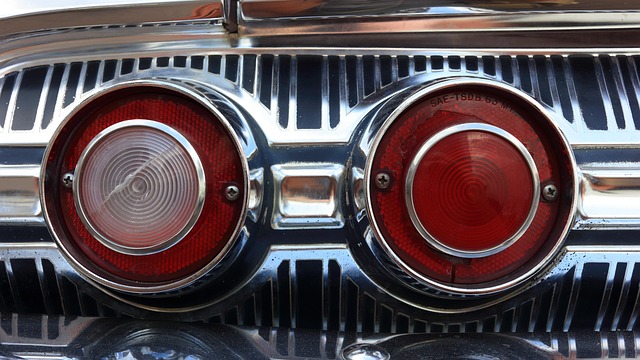
Chiropathic care, specifically adjustments, plays a pivotal role in optimizing healing and preventing future injuries for individuals experiencing muscle soreness post a rear-end collision. These gentle manipulations help realign the spine and restore nerve function, addressing the root causes of pain rather than merely masking symptoms. By improving spinal health and mobility, chiropractic adjustments can significantly reduce recovery time and the risk of chronic pain developing after such an incident.
For rear-end collision victims, regular chiropractic sessions offer a holistic approach to healing. This non-invasive treatment method facilitates the body’s natural ability to heal by reducing inflammation, promoting blood flow, and encouraging the body’s own restorative processes. Through careful assessment and tailored adjustments, chiropractors can target specific areas of tension and discomfort, ensuring a more efficient and comprehensive recovery process for those affected by muscle soreness following a rear-end crash.
In light of the above discussions, it’s clear that chiropractic care offers a promising path for the successful recovery of rear-end collision victims. By addressing muscle soreness and underlying structural issues, chiropractic adjustments can optimize healing and prevent future injuries. For those who have experienced a rear-end crash, exploring chiropractic recovery methods can be a proactive step towards regaining mobility, reducing pain, and restoring overall well-being.
